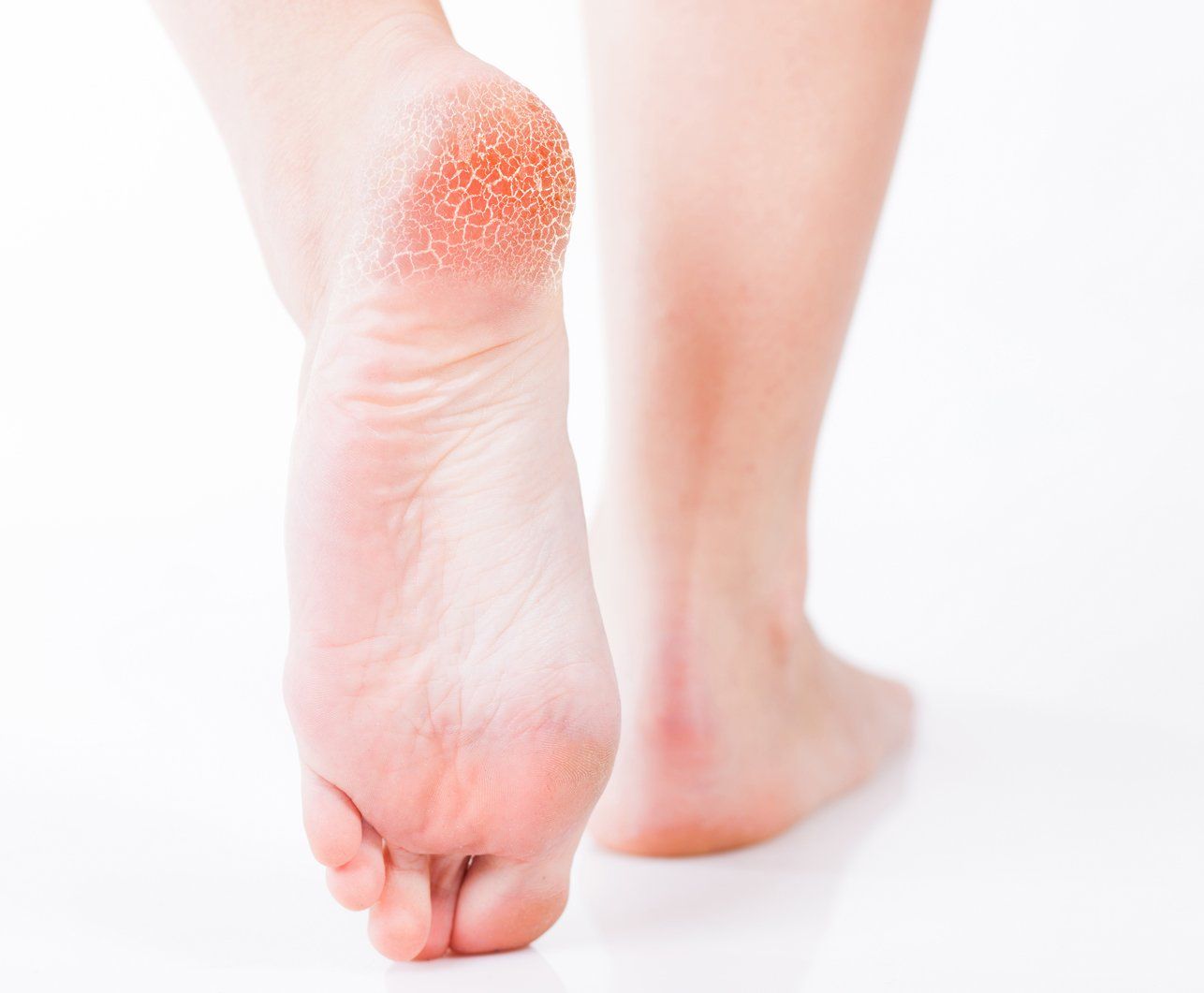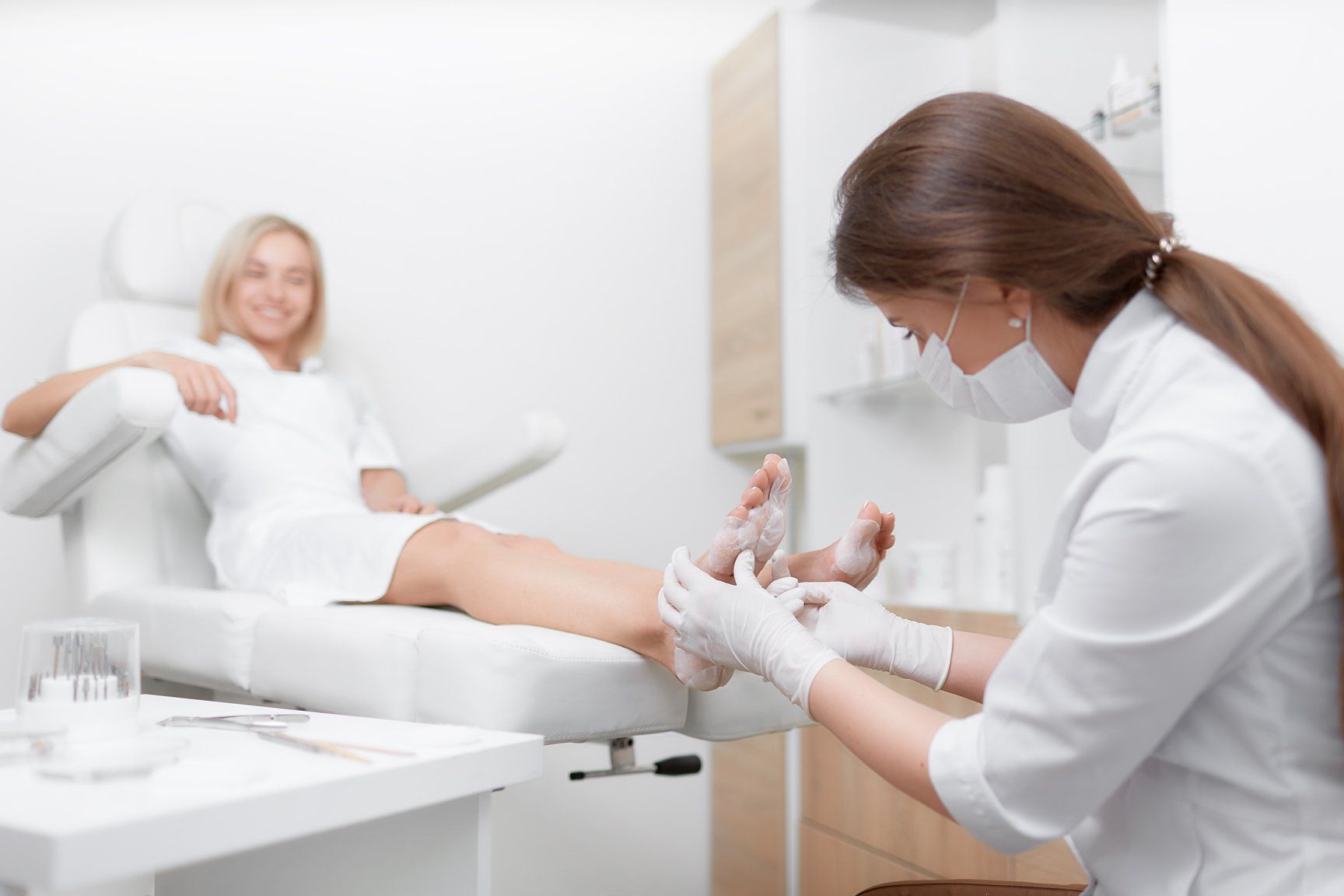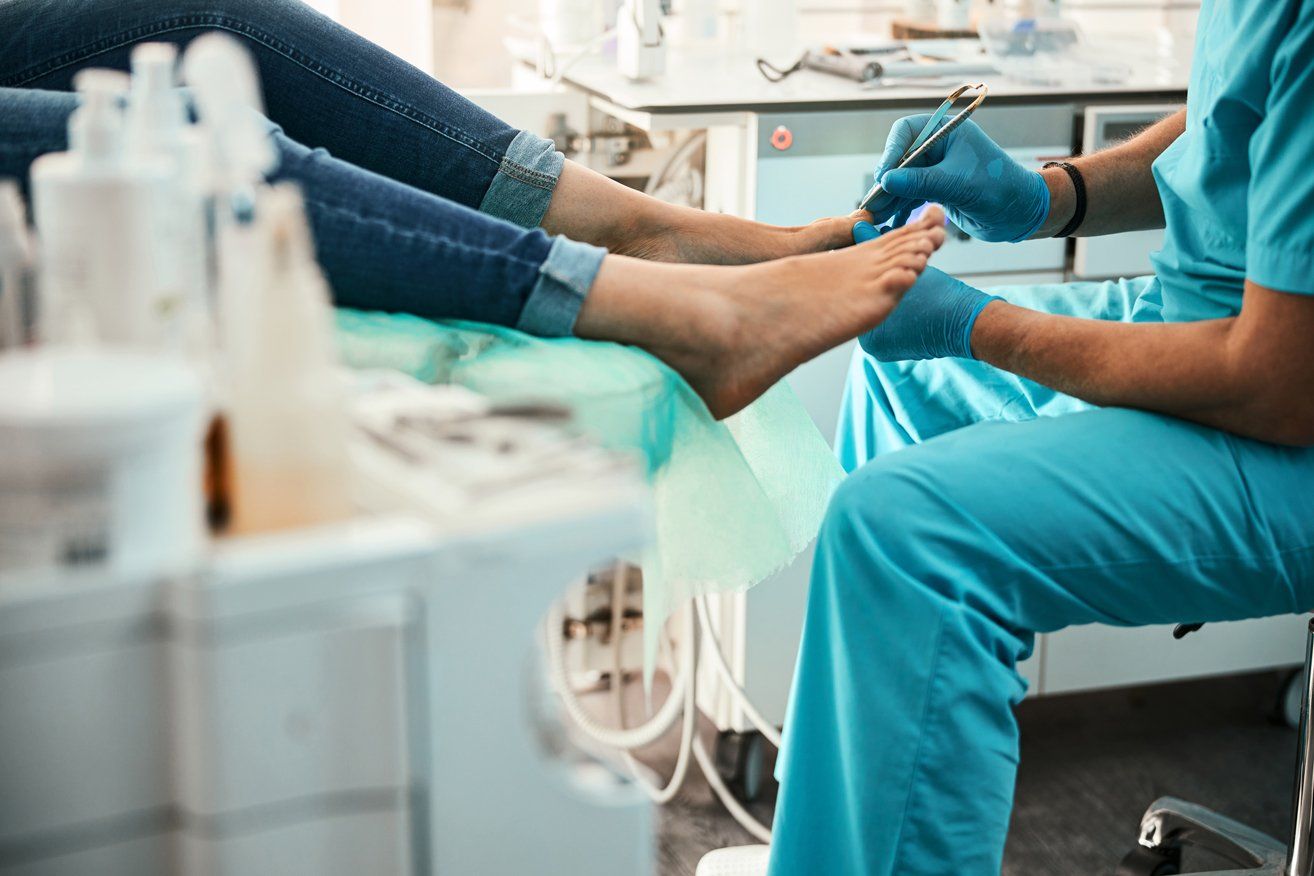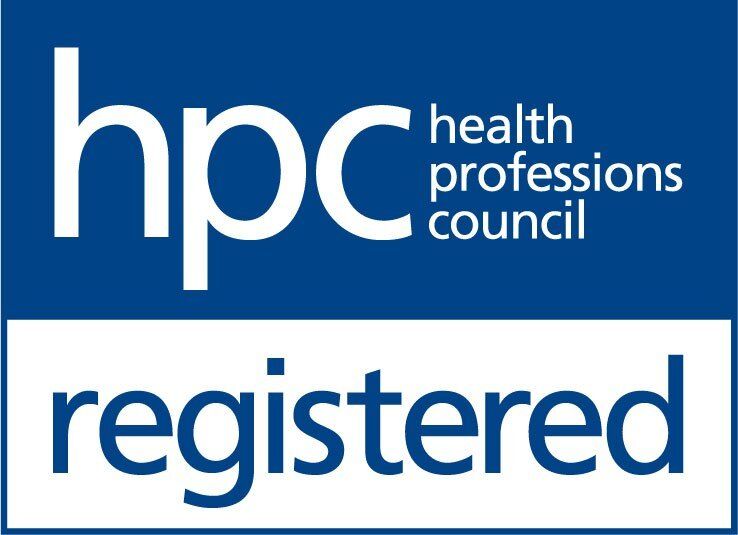
5 North Street, Saville Chambers, Newcastle, NE1 8DF
Call us on 0191 261 8375
Email us at info@newcastlefootclinic.co.uk
Verruca
A verruca is simply a wart that is usually found on the soles of feet, though they can also appear around the toes. In the early stages, a verruca looks like a small, dark, puncture mark but later turns grey or brown. It may become rough and bumpy with a cauliflower-like appearance and may develop a black spot in the middle, which is caused by bleeding. A verruca can grow to half an inch in diameter and may spread into a cluster of small warts.
Verrucae are caused by the human papiloma virus (HPV). This virus is very contagious, but can only be caught by direct contact. It thrives in warm, moist environments such as swimming pools, changing room floors and bathrooms. So if an infected bare foot walks across the poolside, it may release virus-infected cells onto the floor. If you then walk on the same floor, you can pick the virus up, especially if you have any small or invisible cuts and abrasions that make it even easier for the virus to penetrate. You could also catch the virus from an infected towel.
They are harmless. However, they can cause a sharp, burning pain if you get one on a weight-bearing area such as the ball or the heel of the foot. Because you are constantly pressing on the area when walking, they can protrude into the skin and become more painful.
When you have verrucae on a non-weight-bearing surface (such as on the top of the foot or on the toes), they protrude above skin level, tend to be fleshier and cause less pain.
Who gets them? Then tend to be common in children, especially teenagers. However, for unknown reasons, some people seem to be more susceptible to the virus, whereas others are immune.
What’s the difference between a corn and a verruca? A verruca is a viral infection, whereas a corn or calluses are simply layers of dead skin. Verrucae tend to be painful to pinch, but if you’re unsure, your podiatrist will know.
What can I do? Minimise your chances of catching a verruca by keeping your feet clean and dry, and covering any cuts or scratches. Avoid walking barefoot in communal showers or changing rooms (wear flip-flops) and don’t share towels.
If a verruca does appear, avoid touching or scratching it as it may spread into a cluster of several warts. Instead, cover it up with plaster. In some cases, this may cure it.
Do not self-treat if you have diabetes or circulation problems. However, if you are fit and healthy, it’s fine to treat yourself with over-the-counter gels and ointments. Ask your pharmacist for advice or look for products containing salicyclic acid, such as Verrugon, and ensure that you follow the instructions carefully. If, at any stage, your verruca becomes painful or the surrounding skin goes red, stop treatment immediately and see a podiatrist. If you damage the healthy tissue that surrounds the wart tissue you could hamper further treatment.
What can a podiatrist do? Because verrucae usually often disappear in time (fought off by your immune system), the general policy in the UK is to only treat them when they are causing pain. Verrucae generally resolve spontaneously within six months in children. But in adults, they can persist for years.
Other treatments include:
Cryotherapy - This involves freezing warts off with liquid nitrogen or nitrous oxide gas. This needs to be done every 2 or 3 weeks for a few months before the verruca is fully removed. However, it can lead to soreness and blistering in some people. You can still swim after this treatment, but it’s not advised for sensitive or anxious children.
Electrosurgery - After a local anaesthetic, the verruca is pared down. An electric needle is then placed in the middle of the wart for a few seconds until the wart boils – the verruca is then scooped out.
Excisional surgery - Similar to above, but using a scalpel.
Laser surgery Lasers are sometimes used to kill the virus. This is useful for treating portions of large verrucae at a time.
In short, you can treat your verruca with an over-the-counter medicine unless you have diabetes or circulation problems. If the verruca appears to be getting bigger, causing pain or you want the verruca treated, please consult a podiatrist.
Falknor's Needling for Verrucae
Falknor's needling procedure is an innovative and effective treatment for verrucae (warts), which are benign types of the Human Papilloma Virus (HPV) group. It is a form of soft tissue therapy which is intended to break down the verruca and create a controlled inflammatory response which, in turn, stimulates the body's immune system to recognise the virus and destroy it. The treatment has been around for over45 years (being first described in a medical journal in America in 1969) and is used routinely with great success by practitioners internationally.
Needling is different from most other treatment modalities (such as caustics, which can entail dozens of applications to be effective) as it only requires one, or occasionally two, applications making this an ideal treatment for busy people. 24 hours after treatment you can shower as normal without the need to keep bulky dressings dry. In fact, no dressings are required at all after 2 days, so you can continue with daily activities as normal.
How does this method of treatment work? By puncturing the verruca with an empty sterile needle many times, the viral particles are directly exposed to the fatty tissue beneath the skin where the body is rich in immune regulators. Here, the immune system can recognise and destroy the virus. As this immune response is often systemic, treatment of only one Verruca is required even where there are many lesions as spontaneous remission occurs in all, or most, Verrucae at the same time.
The procedure is carried out painlessly under a local anaesthetic and only mild soreness the following day has been reported by a few patients, although the majority of patients feel no discomfort at all following treatment.
Newcastle Foot Clinic is pleased to offer this treatment for patients following an assessment appointment.



Do you have any questions?

Newcastle Foot Clinic is a well established podiatry and chiropody service that provides a high standard of service for people across the North East.
Newcastle Foot Clinic
Privacy Policy | Terms of Use | Website by Infoserve








